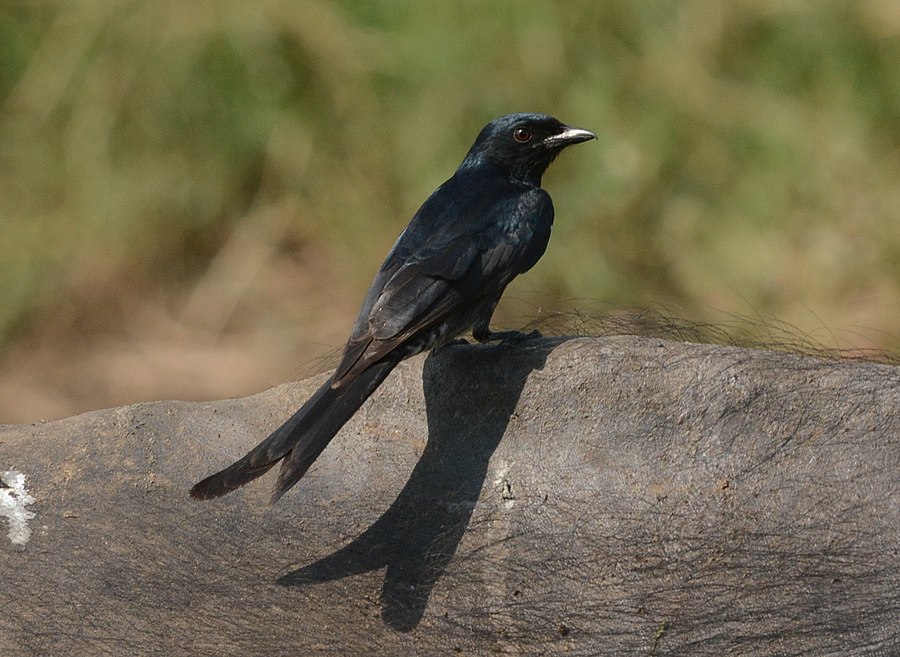Facts About Black drongo
The black drongo, a small bird native to Asia, belongs to the drongo family Dicruridae. These birds are commonly seen in tropical regions stretching from Iran to Indonesia. Their sleek black feathers and distinctive forked tails make them easily recognizable. Renowned for their bold demeanor, black drongos often challenge larger birds, earning them the nickname "king crow." Although they were once grouped with the African fork-tailed drongo, black drongos are now acknowledged as a distinct species with several unique populations.
There are seven recognized subspecies of the black drongo, each exhibiting slight variations based on their geographic location. They thrive in open farmlands and light forests, where they hunt for insects. Despite their small size, black drongos are fearless and vigorously defend their territory from larger birds.
Interestingly, black drongos have been introduced to some Pacific islands, where they have adapted well but have also become a threat to local bird species. Their diet primarily consists of insects, but they can also prey on small birds and reptiles. These birds are early risers and remain active until late in the day.
In southern India, the breeding season for black drongos primarily occurs from February to March. During this period, males and females engage in courtship displays and collaborate to build cup-shaped nests in tree branches. They lay their eggs in these nests, and sometimes young birds from previous broods will help feed the new chicks. The black drongo’s aggressive nest defense often attracts other bird species to nest nearby for protection.
Black drongos have a complex relationship with humans. Beekeepers find them troublesome because they prey on bees, while farmers welcome them as natural pest controllers. These birds have various local names and hold cultural significance in different regions.

 Myanmar (Burma)
Myanmar (Burma)